10 highly-anticipated electric cars
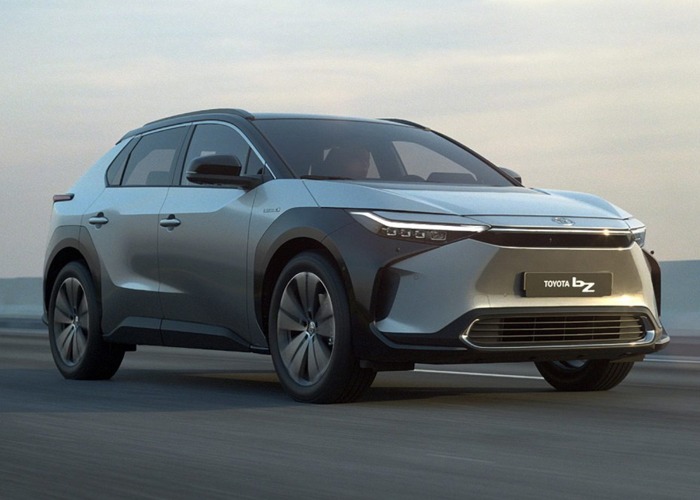
Move Electric chooses the EVs that they can't wait to see on the roads this year.
Just a few years ago, it would have been a challenge just to list 10 new electric vehicles on sale in a 12-month period.
But such is the speed that things have changed it’s now incredibly tough to narrow the list to just 10 – although that hasn't stopped Move Electric from giving it a try.
It’s worth stressing that this isn’t a comprehensive list of electric cars on sale this year, or even an attempt to pick out the best.
Simply, these are the 10 EVs set to go on sale in 2022 that intrigue the team the most.
10. Hyundai Ioniq 6
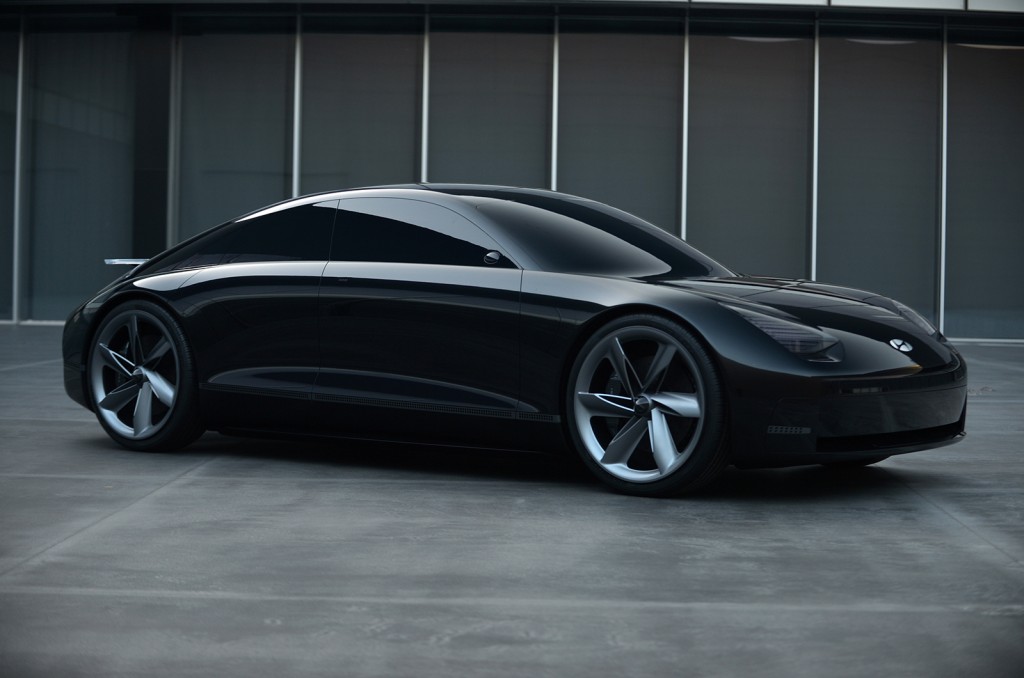
The Hyundai Ioniq 5 was a major step forward for the Korean firm.
While Hyundai and sister firm Kia already offered a range of strong electric cars, the Ioniq 5 crossover was the first one that was created on the manufacturer's electric E-GMP platform.
In doing so, this allowed for huge improvements in batteries, powertrains and an architecture that allows high-speed 350kW charging.
The Ioniq 6 will be Hyundai’s second E-GMP model and will take the form of an electric saloon.
It was previewed by the Hyundai Prophecy concept (pictured above), although the launch of the production car has reportedly been delayed to allow for a number of design changes.
Expect a 77kWh battery and twin-motor four-wheel-drive models that can offer up to 577bhp – although that performance will likely be reserved for an Ioniq 6 N version tuned by Hyundai’s performance arm.
9. Dacia Spring EV
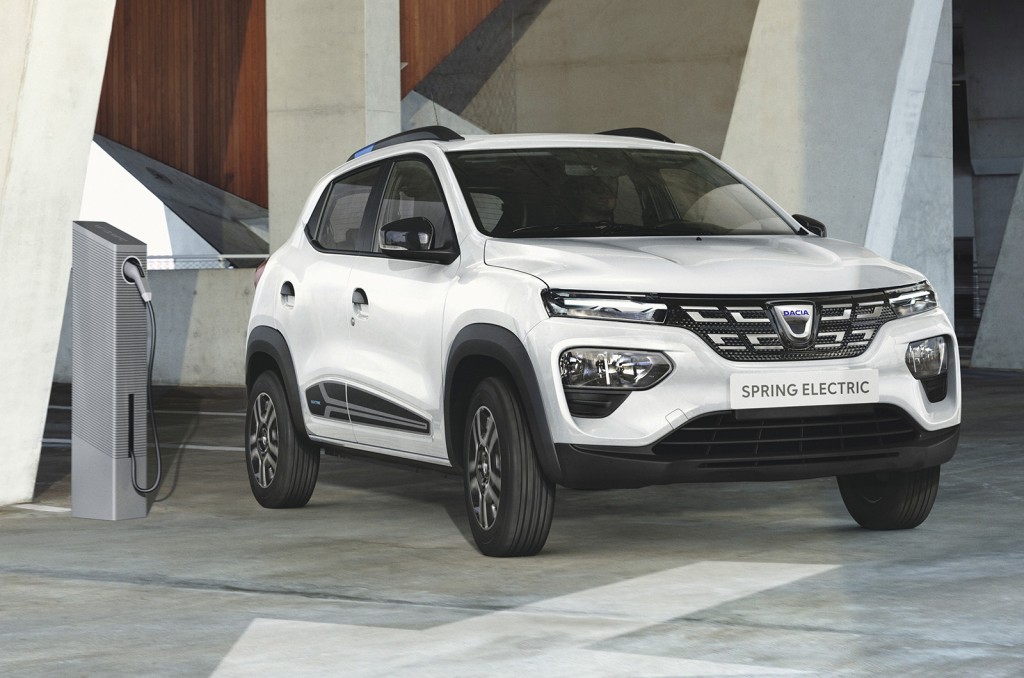
The Spring EV is the cheapest electric in Europe, with prices in France starting at just €12,403 (£10,416).
The catch is that you can’t buy it in Britain - yet.
Group Renault’s budget brand has been considering whether the sales potential of the UK will make the cost of converting it to a right-hand drive worthwhile.
If the Dacia Spring EV does make it here at close to the sale price seen in France, it will be an interesting prospect.
Think of it as an electric equivalent to Dacia’s brilliant petrol-powered Sandero hatch: it won’t be fancy, but it should be very practical.
It’s fair to say the headline stats aren’t exactly table-topping: it uses a 44bhp electric powertrain, has a top speed of 62mph and offers a range of 140 miles.
That might limit its appeal, and there are also questions over its disappointing showing in recent Euro NCAP safety tests, but it could be an intriguing option for those looking for an affordable electric city car.
8. Polestar 3
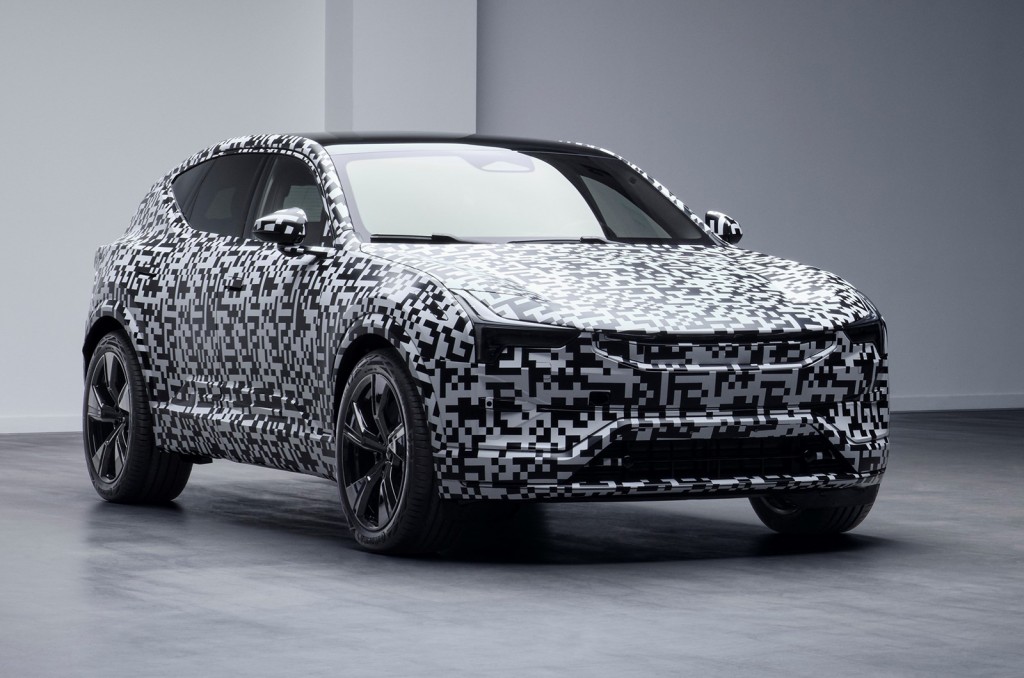
Polestar is the performance spin-off of Volvo.
Although it’s only been around a few years, it’s already one of the most intriguing electric car firms to watch.
This year, the firm launch its third machine, the imaginatively-titled Polestar 3.
The new car will take the form of a large SUV that will benefit from Volvo technology and advanced platforms developed by their parent firm, Chinese giant Geely.
The Polestar 3 will be twinned with a new large electric Volvo SUV that will effectively replace the XC90.
Both machines will feature a raft of advanced technology, including LiDar systems, that will allow for expanded safety and semi-autonomous systems.
7. Mercedes-Benz EQE

The electrification of Mercedes-Benz’s range continues with this new executive saloon – and it could be one of the most important electric Mercs yet.
It’s effectively the battery-powered version of the E-Class, the premium executive saloon that has long been right at the heart of the firm’s range.
In both appearance and technology, the EQE is a shrunken-down version of the luxury EQS flagship, with similar styling and a similar interior dominated by massive touchscreens.
Like that car, it uses an advanced new electric-only Mercedes platform, but it promises to be slightly less expensive, with prices starting from £60,000 or so.
A 90kWh battery should give it a range of around 340-410 miles, and it will be capable of charging at speeds up to 170kW.
6. Porsche Taycan Sport Turismo
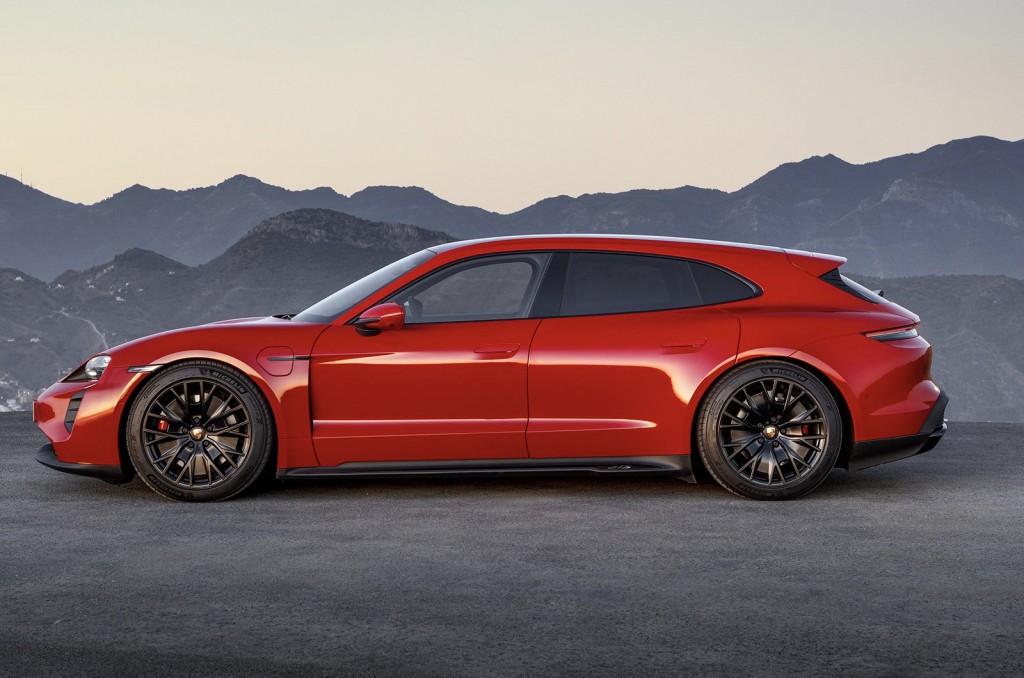
The Porsche Taycan is already offered as a low-slung sports car and, in Cross Turismo form, as a high-riding, SUV-inspired estate.
The new Taycan Sport Turismo is effectively the halfway house between those two, mixing the low, sporty stance of the original Taycan with the practical estate body of the Cross Turismo.
But don’t think this is like a cynical attempt to offer yet another derivative: that heady combination of sporty handling and roomy estate practicality just might make this the Taycan of choice.
It will initially be offered in GTS form (expect hot Turbo and Turbo S versions to follow), meaning it will offer 590bhp from its two electric motors, while offering up to 313 miles of range.
5. Renault Megane E-Tech
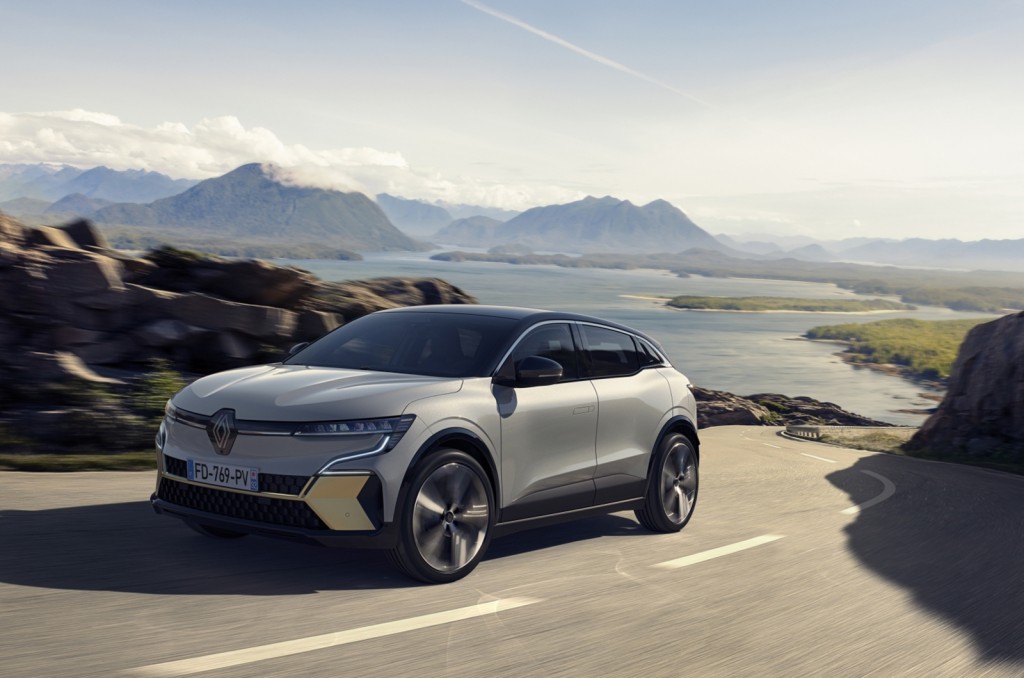
While we’ve already driven the Megane E-Tech, it won’t actually arrive in the UK until the middle of the year.
As you can read in Move Electric's full review here, they are huge fans.
It’s a compelling package, mixing lovely French styling, a strong powertrain and decent range (particularly with the larger 60kWh battery version) – and it’s really fun to drive.
With a likely price of around £30,000, the Megane E-Tech should be a contender for best in class honours against the likes of the Volkswagen ID 3 and ID 4.
4. Nissan Ariya
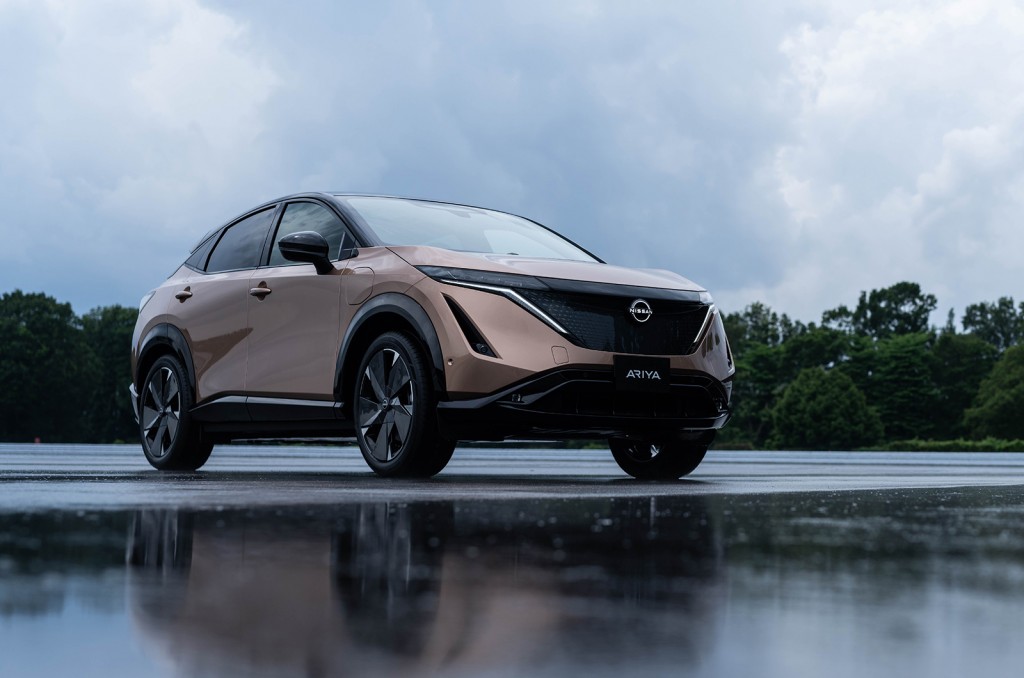
Electric cars are nothing new for Nissan, having launched the Leaf back in 2010, and the electric hatch is currently in its second generation.
So the Ariya that arrives this year feels like one of those long-overdue film sequels that should have been made years ago.
But it’s a sequel the team at Move Electric already know plenty about.
The Ariya is an electric SUV that’s built on the same Renault-Nissan-Mitsubishi Alliance platform as the Renault Megane E-Tech – which we’ve already tried and are really impressed by.
The Ariya will be offered with two battery sizes (62kWh and 87kWh), with the top e-4orce (that’s Nissan’s weird name for its all-wheel-drive performance model) producing 389bhp.
Prices start from £41,845, rising to £53,790 for that e-4orce model.
3. Toyota bZ
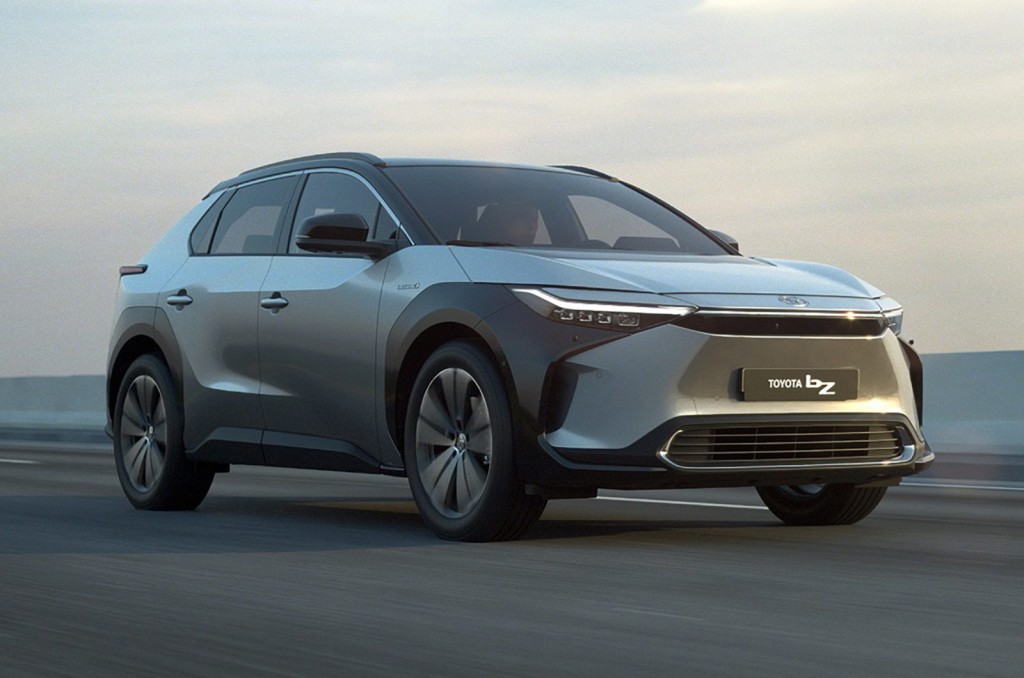
It took quite a while to launch its first series production electric car, but Toyota is making up for lost time.
A little while back, company boss Akio Toyoda unveiled a whopping 15 electric vehicle concept cars that the firm will make available in various markets in the coming years.
The manufacturer might currently be lagging behind in the electric car race, but it will make up ground fast.
The first step in Toyota’s EV march starts this year with the launch of the bZ, an electric SUV that is the first model in its new ‘Beyond Zero’ range.
The bZ has been co-developed with Subaru, which will launch the virtually identical Solterra electric SUV this year.
For now, we’re intrigued to find out just how good the Toyota bZ is.
Given Toyota’s size, if it’s on par or better than rival machines, it could prove a hugely significant arrival.
2. Citroën Ami
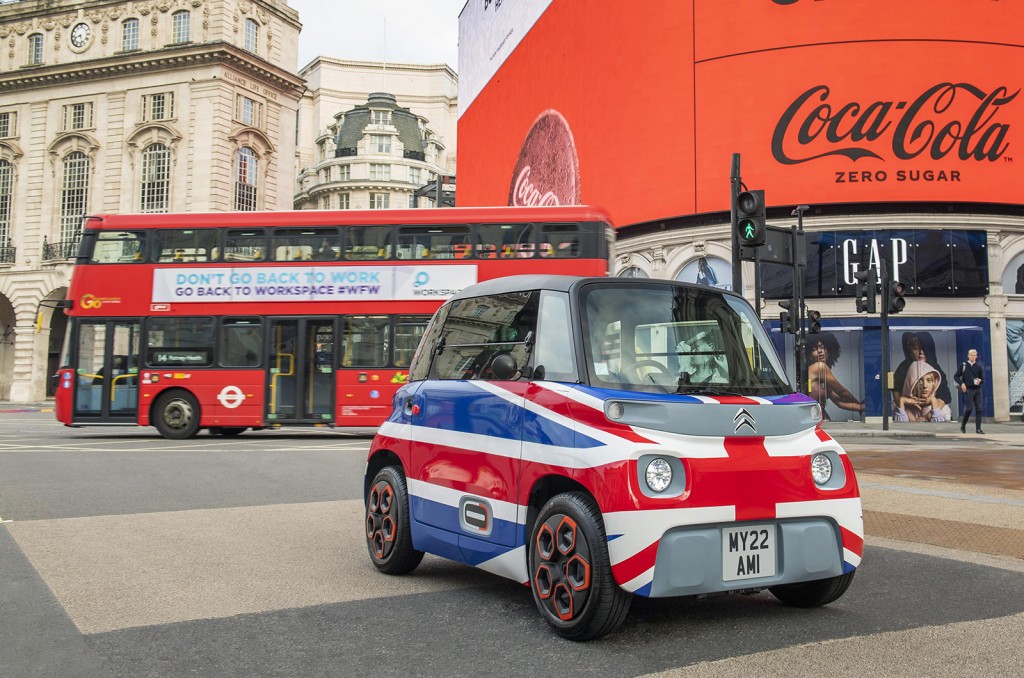
Technically, the Citroën Ami is a quadricycle rather than an electric car.
Still, it has four wheels, is electric-powered, has been developed by a car firm and looks like a car that has shrunk in the wash, so Move Electric have including it in the list.
Besides, the anticipation over the Ami’s arrival in the UK has reached incredible levels.
Citroën didn't originally intend to sell the Ami here.
However, after test versions were shown over here around a year ago, fans started an online campaign that has convinced the firm it can be a success with UK buyers.
Obviously, the Ami plainly has limitations.
It’s ridiculously small, the battery life is limited and has a 28mph top speed that makes it entirely unsuitable for anywhere outside a major city.
However, it will be offered in passenger and commercial form, promises to be affordable and in the right use case it’s compact, practical and fun – and as a quadricycle, 16-year-olds can drive it too.
1. Volkswagen ID Buzz
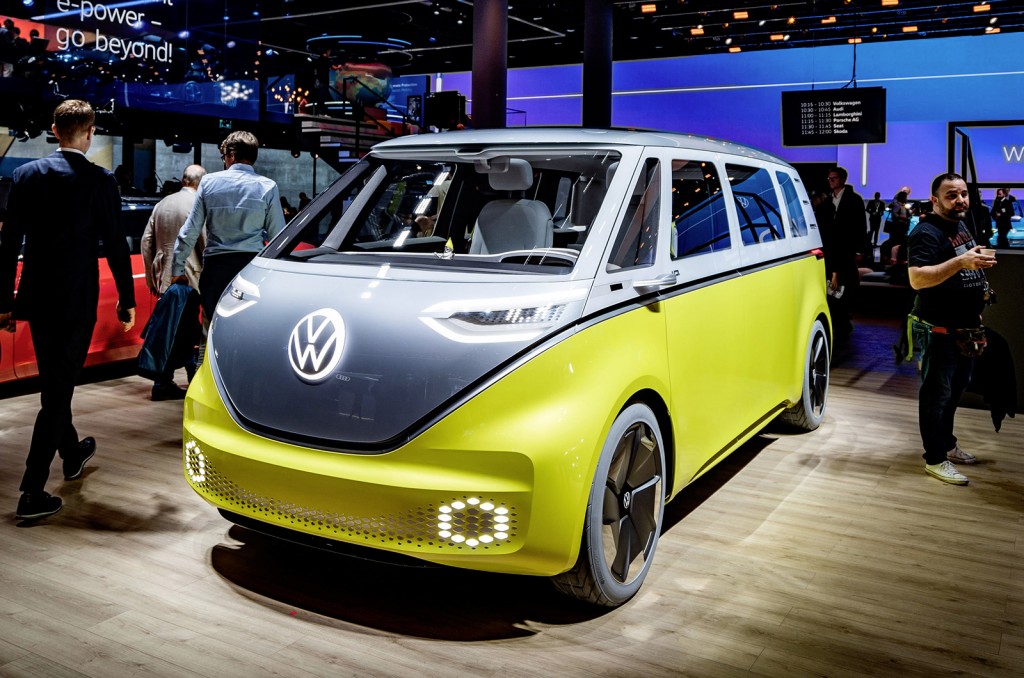
The Volkswagen ID Buzz is effectively a big people carrier and cargo van, but Move Electic are still extremely excited about it.
The ID Buzz isn’t just an electric MPV: it’s essentially a revival of the classic Volkswagen Type 2 bus.
The concept version of the Volkswagen ID Buzz was revealed way back in 2017.
It was the second of VW’s ID concepts to be shown and is designed to add ‘emotion’ and character into the firm’s electric car range.
That’s evident in VW’s decision to keep the ID Buzz name from the concept phase, rather than giving it a number like the other models in the ID range.
This article first appeared on Move Electric. You can view it here.
Most Recent
Comments
Be the first to comment
Do you want to comment on this article? You need to be signed in for this feature








